Demolition threat at ‘one of world’s most important’ estates
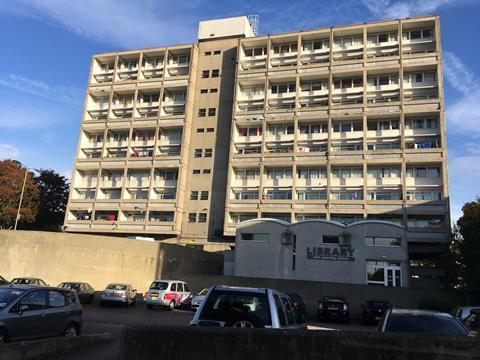
The heart of one of Britain’s most important housing estates will be ripped out unless demolition plans can be halted, a leading architectural historian has warned.
Time is running out for the LCC’s Alton Estate in Roehampton, said Barnabas Calder, because a masterplan drawn up by Studio Egret West is in the final stages of public consultation before heading in for planning early next year.
The masterplan, four years in the making, proposes demolishing a collection of buildings at the gateway to the estate, the junction of Roehampton Lane and Danebury Avenue.
These include the library – a key John Partridge building – a parade of shops and two residential blocks. They are all outside the conservation area that covers the rest of the estate and were turned down for listing in 2015.
Under the plans they would be replaced by more than a dozen closely spaced buildings of up to nine storeys and a “village green” beside the main road. Developer Redrow says this would give the secluded estate greater presence and connection to neighbouring areas.
Calder, a trustee of the Twentieth Century Society who has written widely on brutalism, said the scale of proposed destruction was “completely inappropriate”.
He said: “In a way it wouldn’t matter who the architects were if this scheme went ahead – they could have Corbusier himself – because the bulk of what they are proposing is so intrusive: a complete wall of elevations.
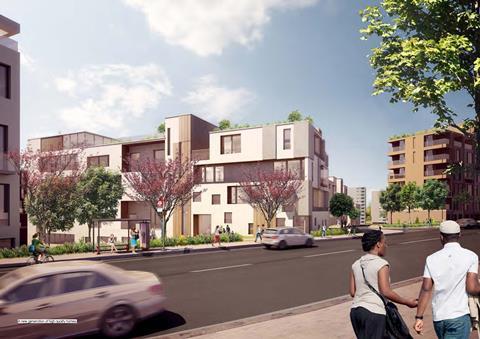
“This is a very substantial and devastating intervention in what is, with no exceptions, the most important group of welfare state housing ever built in this country – one of the most important in the world. People came from all over the world to see it when it was new.
“The proposal I have seen would gut the entire centre of the estate, replacing it with buildings at a height and density that would have the gravest effect on the listed parts of the estate, and on the conservation area.”
He said that in his view the library was “eminently listable” and questioned why the threatened buildings had been left out of the conservation area.
His rallying cry for the Alton Estate comes at a time when the threat to Britain’s post-war housing has ratcheted up to crisis point and Robin Hood Gardens, which BD led a high-profile campaign to save, is days from demolition and replacement with new flats.
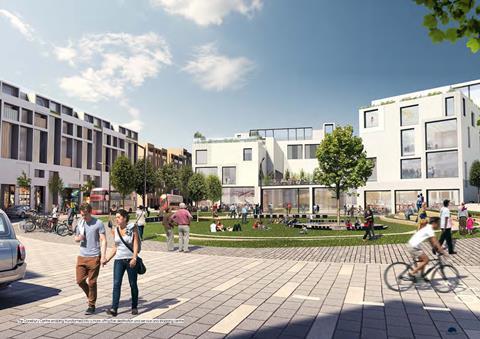
C20 director Catherine Croft said: “We are living a false dream if we think this is going to be the solution to the housing crisis. These post-war estates provide really good quality housing for people and just need a refurbishment. We are replacing them with the slums of the future because they are too small and too close together.”
The threatened Alton buildings include two concrete-framed residential blocks which she described as “robustly detailed, good background” buildings.
“They’re not the most exciting bits but they are definitely part of the overall composition,” she said.
She criticised the plans to move the social heart deeper into the estate and said the plans for a village green on Roehampton Lane would fail because it was so close to thundering traffic.
Others expressing concern over the plans include architectural historians Otto Saumarez Smith and Geraint Franklin and the architect Ruth Lang who said the library was of particular concern.
She said it was “an example of John Partridge’s experimentation with reinforced concrete from the body of research knowledge built up at LCC”.

Levitt Bernstein is designing the first homes for decanted residents to move into on another part of the estate, an element of the project that has not drawn criticism.
Wandsworth council leader Ravi Govindia said the buildings slated for demolition were lower quality than the estate’s listed buildings and needed to go.
“They were not executed as originally planned and create an awkward, unattractive and poorly functioning entrance from Roehampton Lane,” he said.
A council spokesperson said: “Overall, the regeneration is set to provide approximately 1,000 new homes, including newly built reprovided homes for all secure council tenants and owner-occupiers, more council housing, an improved park, more shops, a community hub and new library.”










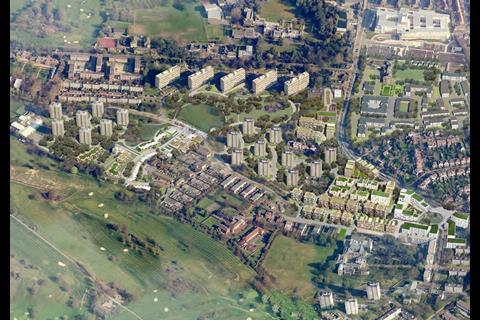

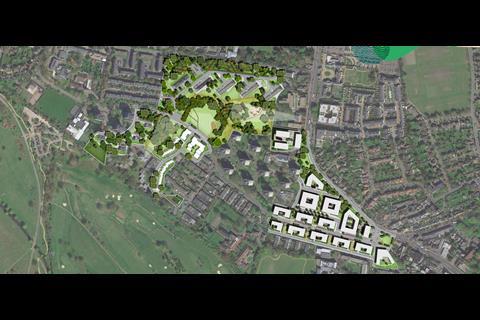




4 Readers' comments